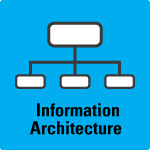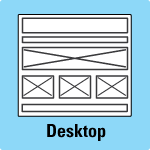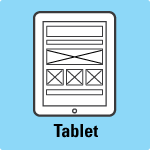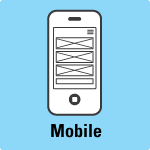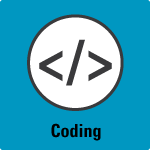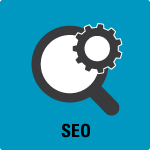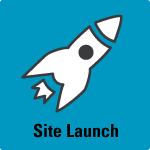Discovery
This initial stage of the design process is where I learn about the client and their user’s needs. It includes a client survey, which analyzes the client, their industry and the project scope. Also, technical and functional specifications are investigated. And a user profile is created to determine their demographics, informational needs and technical capabilities.
Information gathered from the these analyses are used to formulate the site objectives. A card sorting study helps define the information architecture (IA) which is the site’s navigation. This provides a structure that enables the user to easily locate the information they are seeking and results in a positive user experience.



